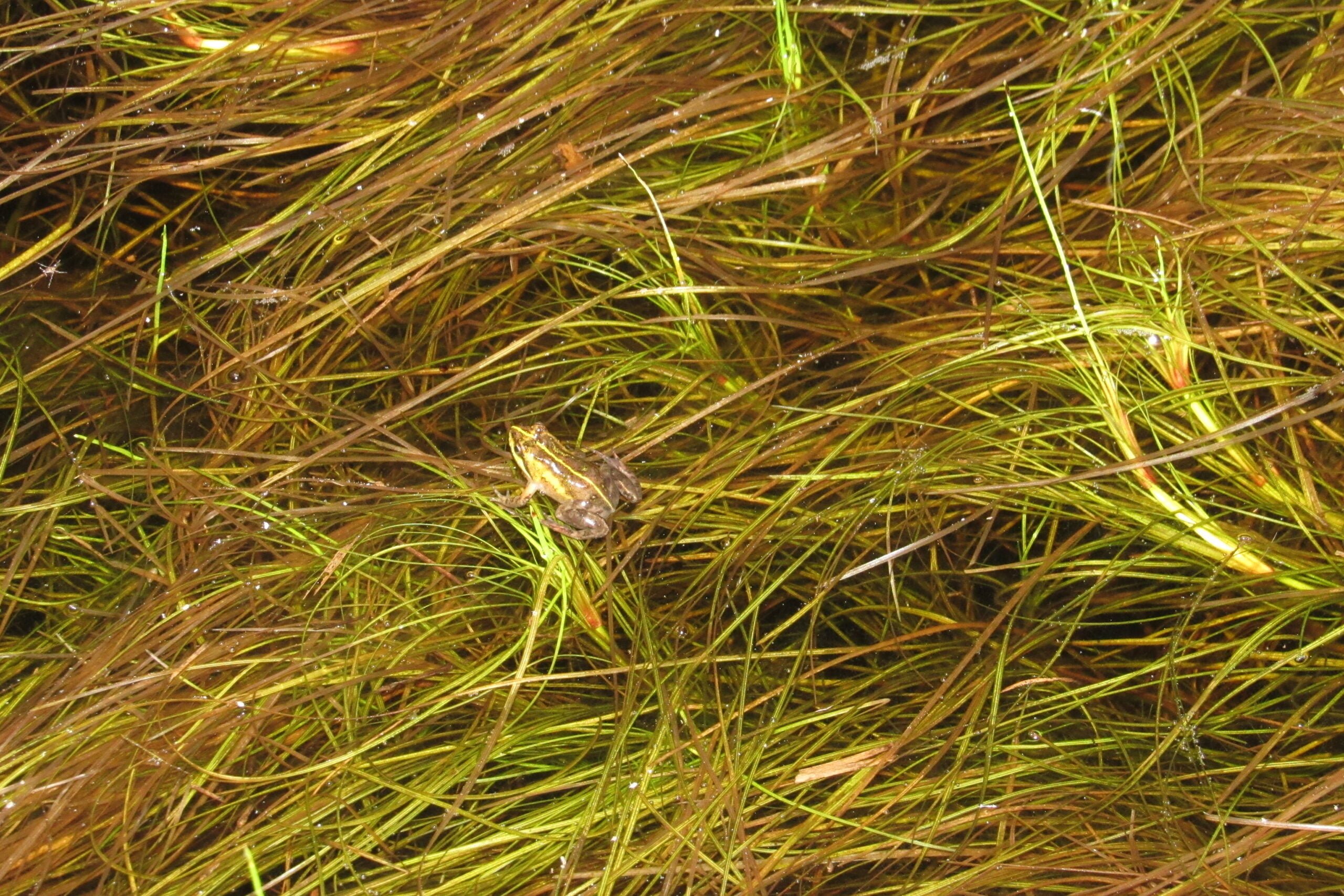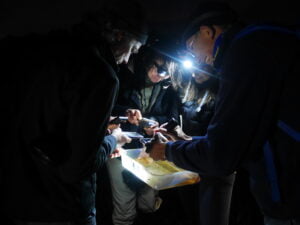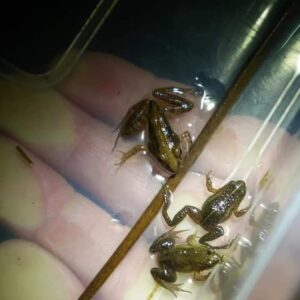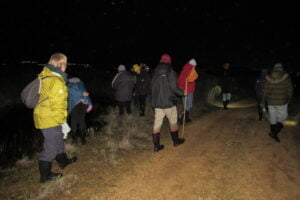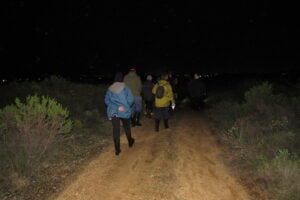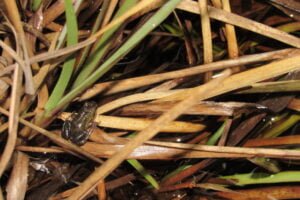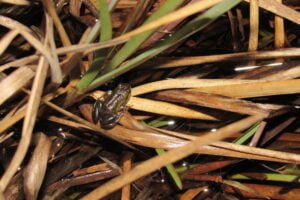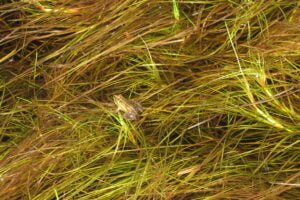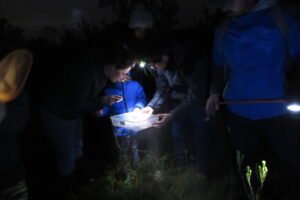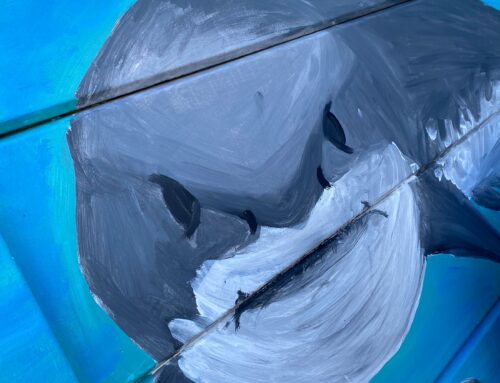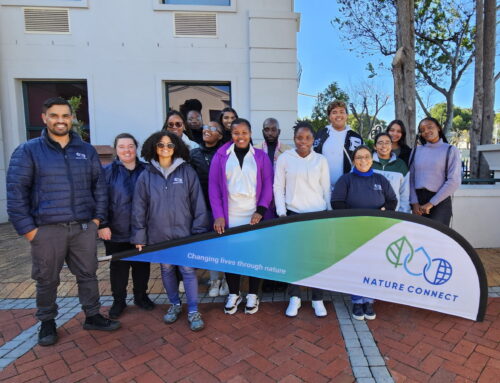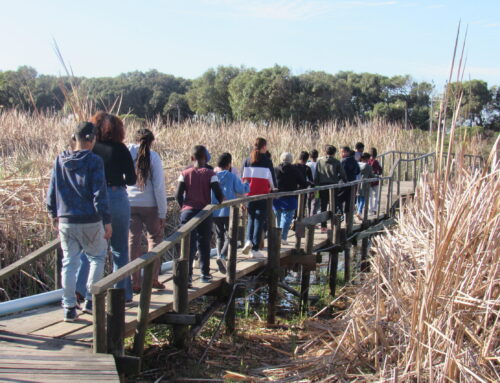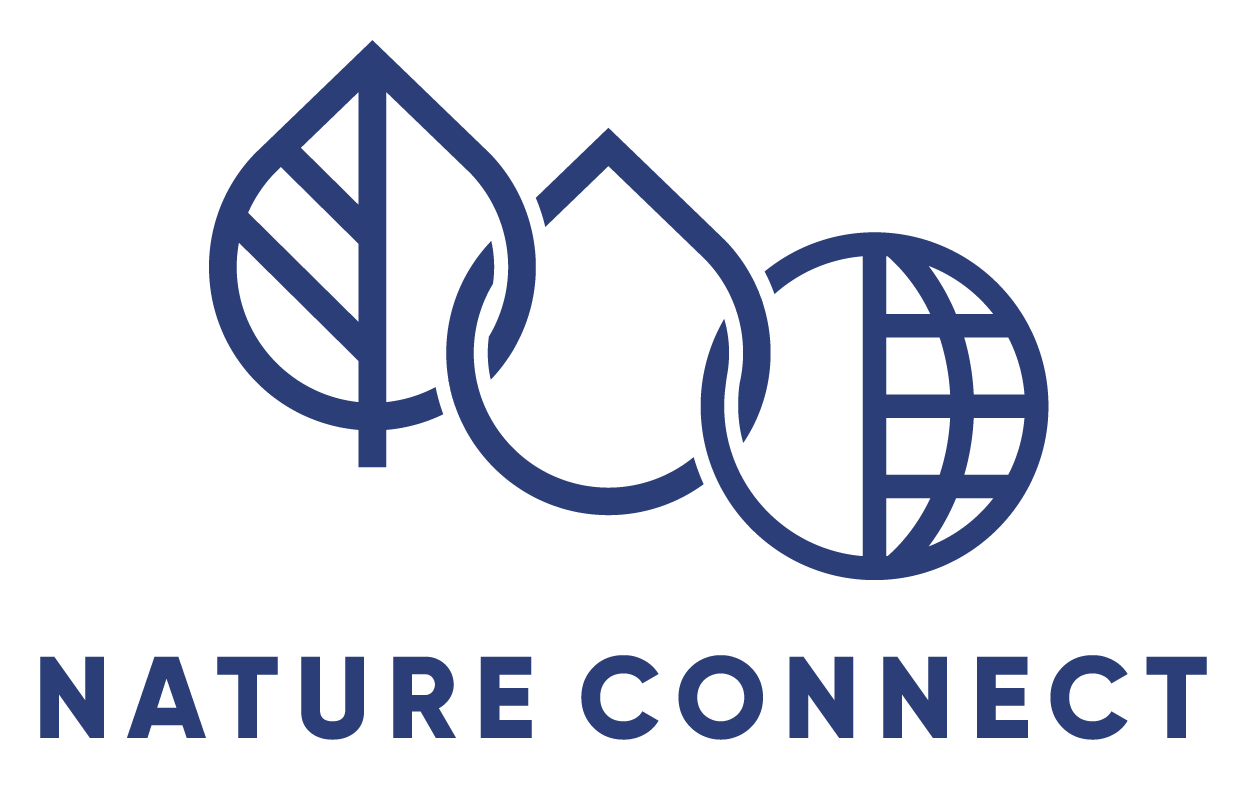Written by Fayruz Prins
Frogs have been roaming the earth for more than 200 million years, comprising over a whopping 6 000 species. South Africa is home to 169 of them adapted to survive in a wide variety of habitats occupying almost every environmental niche. A larger number of species are found in areas with warm and wet environmental conditions as they are dependent on moisture and temperature. Thus the number of species increases from the arid west to the wetter east with the South-western Cape being the centre of high endemism, while the higher rate of diversity can be found towards the northern Kwazulu-Natal.
Despite the high number of species, they are rapidly declining with an alarming population reduction and extinction rate due to habitat destruction and pollution. Various other environmental factors are also contributing to these magnificent species being the most threatened class of vertebrate, such as climate change, disease, exploitation in the food and pet trade, predation and parasites. Cape Town is home to about 62 species of frogs with pockets of suitable habitat distributed across the urban matrix.
Kenilworth Racecourse Conservation Area (KRCA) is a 52-ha protected area located in the Southern Suburb Satellites of Cape Town and is known for its amphibian life. Historical records from the site list an impressive number of 13 species, with the site’s flagship frog, the Micro frog (Microbatrachella capensis) listed as critically endangered. A frog roughly the size of an adult thumbnail inhabiting the seasonal wetlands of the KRCA, and found nowhere else in the area. Annual night frog walks have been hosted since the early 2000s inviting the public to explore the wetlands and observe the amphibian life. These interactions between frogs and people have become an increasingly popular event over the years with more interest from people this year than ever before. Fascination with frogs begins at an early age for some of us as we rear tadpoles and learn about their biology. The night frog walks introduce a fun and informative way to immerse kids and adults of varying backgrounds in the ecological importance of frogs in the ecosystem.
This year the KRCA hosted two frog walks for the Cape Bird Club and one for the public over three different evenings. Overall, there was an outstanding attendance of 85 participants including curious kids with inquisitive minds wondering about the wetlands. We explored two of the 16 seasonal pans and sighted various frog species including Micro frogs, Flat caco’s, Cape Sand frogs, Clicking stream frogs, Platanna sp., and Cape river frogs. The adventure of traversing the wetlands at night is not only about observing the frogs but also listening to their vocalization and determining the species. This isolated population of Micro frogs at KRCA has specific habitat requirements that they prefer. Nature Connect facilitates conservation efforts to preserve the species and prevent extinction.
During the frog walks we educate and create awareness for the significant role frogs play in the ecosystem and the value they hold for indicators of environmental health. They are sensitive to environmental change and disturbance due to their permeable skin that absorbs solvents that water may contain. Strict precautions are taken to avoid any contaminants from entering the wetlands during the frog walks by disinfecting each participant’s rain boots in a solution of acetic acid (vinegar) against any mycobacterium.
To conserve frogs in the environment we need to preserve their habitat not only in protected areas but also alongside it to create corridors for them to move through. Creating frog-friendly gardens are an easy way to assist in their preservation. Adopt the natural habitats of the local frog species occurring in your area and you may see a few frogs hopping around your garden, keeping many local pests in check. Refraining the use of pesticides will also increase the possibility of making your garden a haven.

